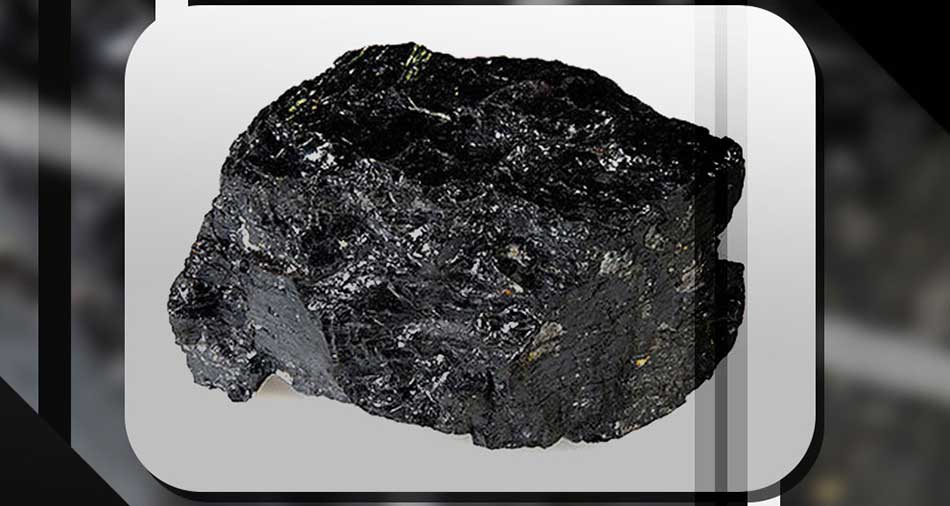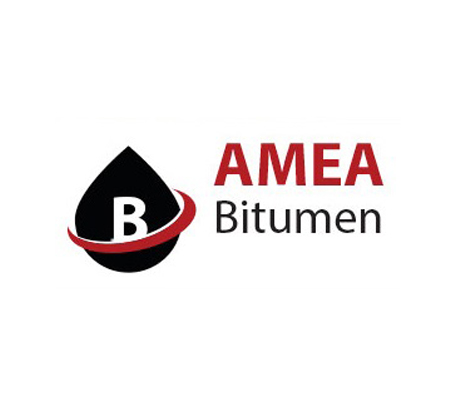The concept of bitumen igniting is discussed first in this article of Asiagilsonite. As previously said, the flammability of bitumen or Gilsonite explosive will be thoroughly elucidated. Other topics discussed in the article include the description of bitumen properties, their application in industry, and the components that cause bitumen to be flammable.
But first we will answer this question:
what is Gilsonite?
Gilsonite is a natural source, solid, black, lightweight polymeric material that forms whenever petroleum solidifies. Weathered gilsonite has a drab, black similar composition to coal, whereas newly shattered gilsonite has a glossy surface similar to obsidian. Gilsonite is known for its low density, solubility in organic solvents, and brown streak when rubbed across paper. Asphaltites, which include solid hydrocarbons like gilsonite, are found in oil-bearing sedimentary basins, most typically as veins associated with oil shale. There are dozens of asphaltite deposits around the world, many of which have been mined; however, the gilsonite form is rather uncommon, and the Utah deposits are distinctive due to their magnitude.
Gilsonite is used by companies all over the world and has hundreds of industrial applications. Gilsonite is used in agreeing cementitious materials and is added to drilling mud for oil and gas wells to stabilize the borehole and reduce friction. Gilsonite and gilsonite-derived resin moisten and scatter carbon black pigment in printer’s ink, as well as bond pigment to newsprint so it does not rub off. The addition of powdered gilsonite to asphalt paving mixtures improves the road’s durability. Asphalt surfaces such as driveways and parking lots are coated and sealed with paint-like combinations of gilsonite, solvents, and other chemicals.
Gilsonite is also utilised in the production of roofing felt as an adhesive and waterproofing agent. Some paint and wood stain compositions benefit from the addition of gilsonite. Gilsonite is a mineral that is used to iron foundry moldings and mixes to give the cast product a smooth texture and make it easier to unmold. Gilsonite is used in fireworks and to make high-purity carbon electrodes in low quantities.
Gilsonite is a complicated system of hydrocarbons and heteroatoms made up of several different elements. Saturates, aromatics, resins, and asphaltenes are the four primary chemical families formed during fractionation of Gilsonite with specific solvents. The creation of macrostructures or “micelles” is caused by the association of asphaltene sheets (highly polycondensed pseudomonomers comprising a carbon black-bone, chemical functions, and heteroatoms surrounded by aliphatic chains). They’re also capable of forming aggregates.
A stiff or highly viscous explosive composition with high detonation sensitivity is made up of a mixture of 40 to 60 parts by weight of ammonium nitrate and 15 to 35 parts by weight of sodium nitrate dissolved at least partly in 8 to 15 parts of water, preferably including 1.5 to 5 parts of gilsonite as a carbonaceous fuel and sensitizer, 2 to 4 parts of paint grade fine flaked aluminum as a primary sensitizer, and 0.3 to Sulfur is best used as a sensitizer and additional fuel. The slurry is plastic, but it should be rigid enough to be packaged in dynamite-like sticks.
Gilsonite explosive:
Gilsonite has some methane gas that will discharge after one day of exploration inside the mine, and you can keep it in the open area for a long time without any particular conditions.
It’s as if cement and regular freight shipments aren’t a problem.
Gilsonite mining is labour intensive because to the peculiar form of occurrence in narrow, deep, vertical veins; and the explosive hazard associated with gilsonite dust. Surface trenching was used at first, but all current work has been done underground, with large-diameter shafts sunk following the veins. Miners carefully break the gilsonite with air-powered chipping hammers to avoid contaminating the ore with broken wall rock. Explosives are utilized on rare occasions. Bulldozers, a tiny tunnel-boring machine, and water-jet cutters mounted on mine cars and surface drill rig bits have all been utilized by Gilsonite businesses in the past.
However, gilsonite may react with strong oxidising chemicals, and symptoms of exposure to this compound include skin irritation and sensitization, since this molecule releases poisonous gases when heated to disintegration. It irritates and sensitizes the skin.
Particulates can also irritate the eyes, nose, throat, and lungs mechanically. Inhaling particulates can cause lung fibrosis, chronic bronchitis, emphysema, and bronchial asthma. Short contact times might cause dermatitis and asthma.






